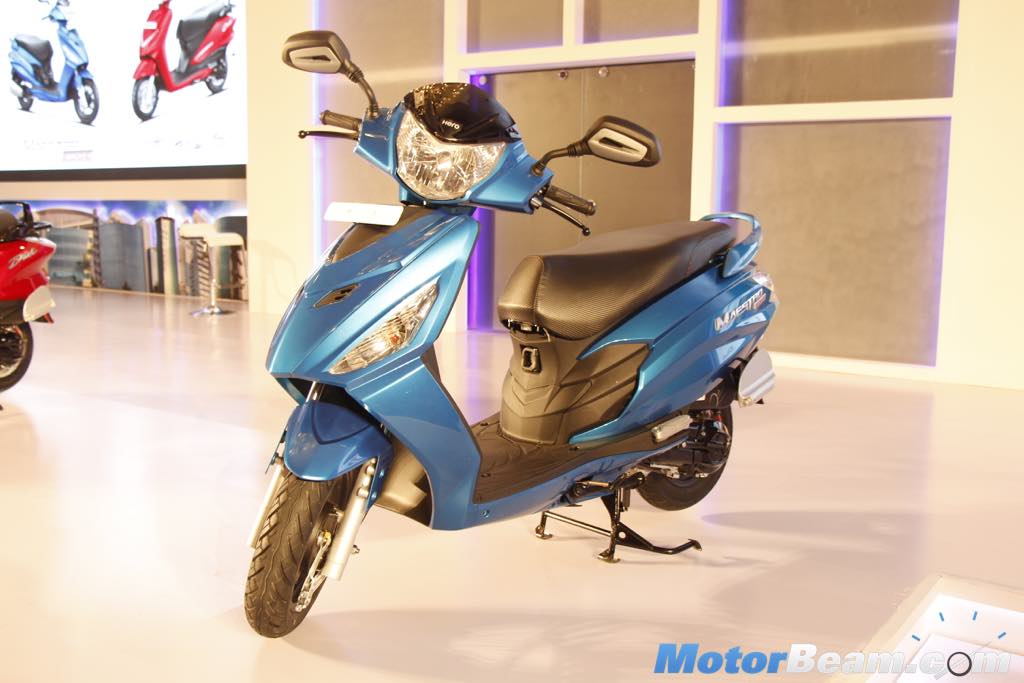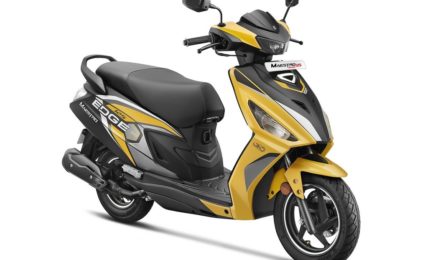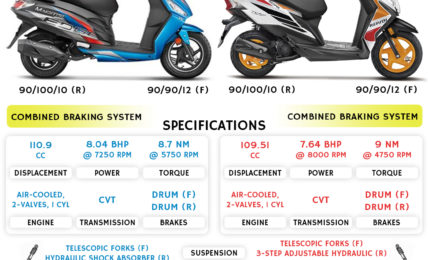The seat cushioning is quite plush and comfortable
Ergonomics – The key knob on the Maestro is a convenient unit as with the ignition section itself, the rider can open the seat or the fuel tank. The ergonomics of the 125 are carried over from the older Maestro and it has a seat height of 775 mm which makes it quite accessible. The footboard area is also wide while the handlebar is short yet it feels a little stubby and heavy to operate. The riding posture is upright and the seat cushioning is quite good making it a comfortable scooter to sit on, even for the pillion. The mirrors are wide enough and give a good view of what’s behind.
FI aids in better NVH and improves the throttle response
Performance – The 124.6cc motor is shared with the Destini and the power delivery is linear while it has a decent mid-range and a good top-end. The main difference here is the inclusion of FI which has resulted in 0.4 more BHP from the engine. The throttle response is little sharper now while the delivery feels linear throughout. This motor still misses out on a strong low-end but the strong mid-range with FI makes up for it. The motor has a happy spot at 70 km/hr while it will top-out at 90 km/hr without any trouble. The older Maestro had a lot of vibrations which have been rectified in the 125 thanks to the FI. This also helps in a better fuel economy and the Maestro Edge 125 will return close to 50 km/l.
Suspension setup is well engineered for Indian road conditions
Riding Dynamics – The Maestro always had a telescopic suspension at the front which resulted in very confident feel and feedback. Even though the handlebar might feel heavy, manoeuvring through traffic is a piece of cake. The suspension setup absorbs bumps pretty well and while the scooter feels agile, tipping it into corners is also confidence inspiring. The off-size tyres from MRF grip well while as an addition the Maestro now gets a 190 mm disc brake at the front. The feedback from the brakes is very good and the integrated braking system performs pretty well too. The overall dynamics are enjoyable and with the extra power, the Maestro is quite a capable scooter.




